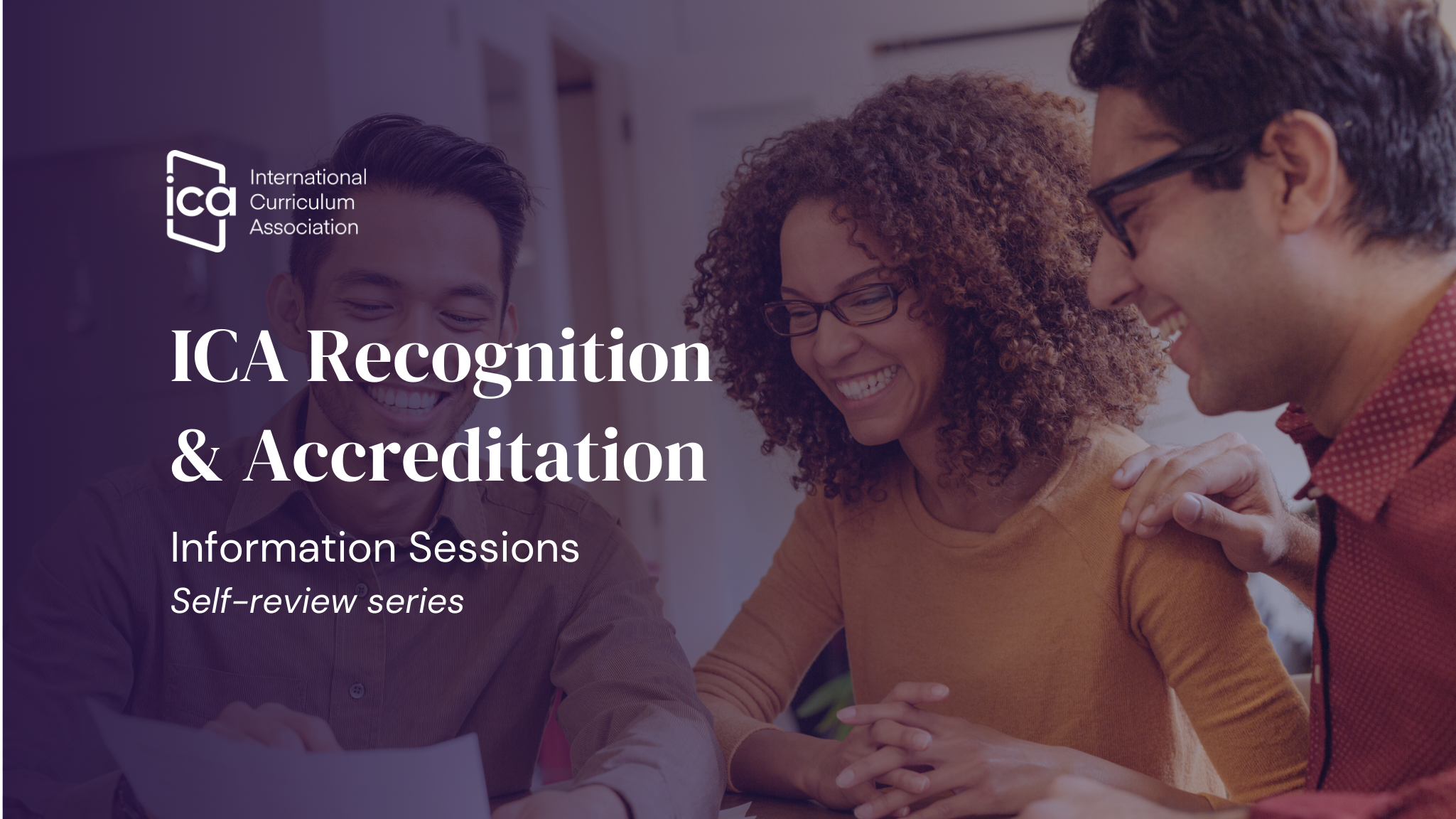Our IMYC2020 Rubrics and Learning Advice are now ready!
Each document contains Rubrics and Learning Advice for each age group (MY1, MY2 and MY3) to allow you to track progress within and over three years. Assessment is integral to the Process to Facilitate Learning, so rubrics should be discussed as part of learning.
Assessment is integral to the Process to Facilitate Learning and therefore rubrics should be discussed as part of learning. Rubrics can be used as a tool for tracking individual and class/cohort progress in skills learning. This can inform future teaching and learning, differentiation, or curriculum decision-making.
Rubrics can be used before, during and after learning. After learning, students may be encouraged to read the rubric in detail to self-assess and identify where they have been successful and areas they need to work on.
In the case of using the Teacher Rubrics with students, you may simplify the language or develop alternatives with your students using familiar vocabulary. Asking learners to put the rubric in their own words can be a useful learning activity as it will reveal whether they comprehend what they are aiming for. Pairs could ‘translate’ one level of the rubric and then work with other pairs to complete the rubric. Whole class agreement is then needed, and it is recommended that teachers in the same year or grade level share and discuss any co-created student rubrics to identify anomalies.
It is not recommended to adapt or change the Teacher Rubrics for the IMYC. The criterion-referenced rubrics are provided to reduce subjective judgments or those made based on peer comparisons. The rubrics promote consistency of assessment and support teachers in making professional inferences and judgments. Task-based success criteria can be developed with students in addition to the provided rubric giving a content/activity focus if needed. This should not be in the form of a rubric to avoid confusing between Learning Goals and task expectations.



